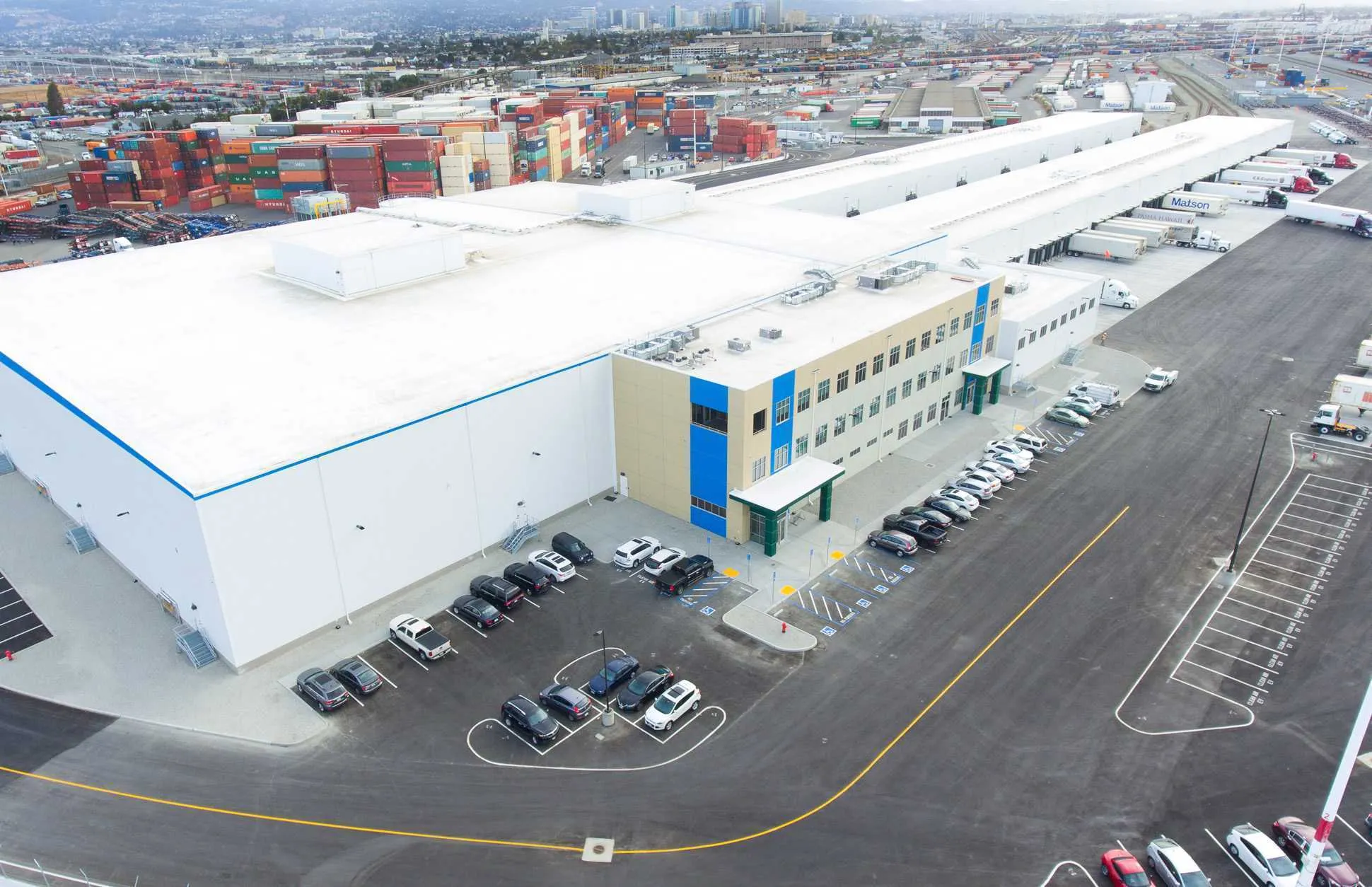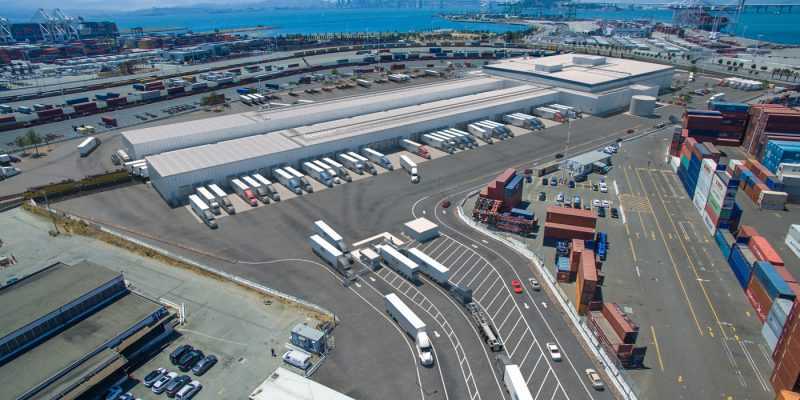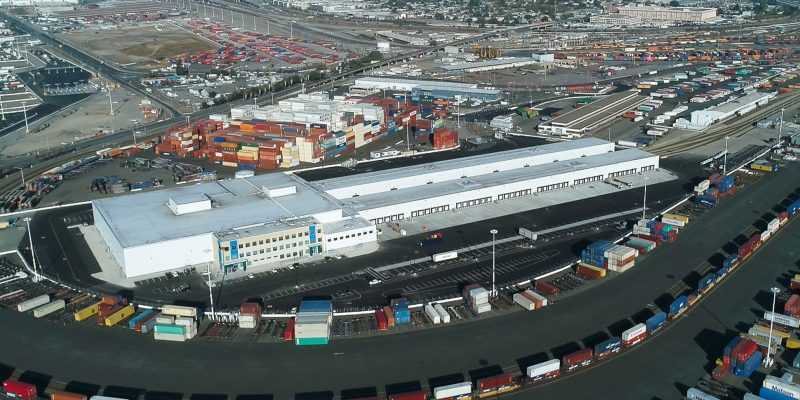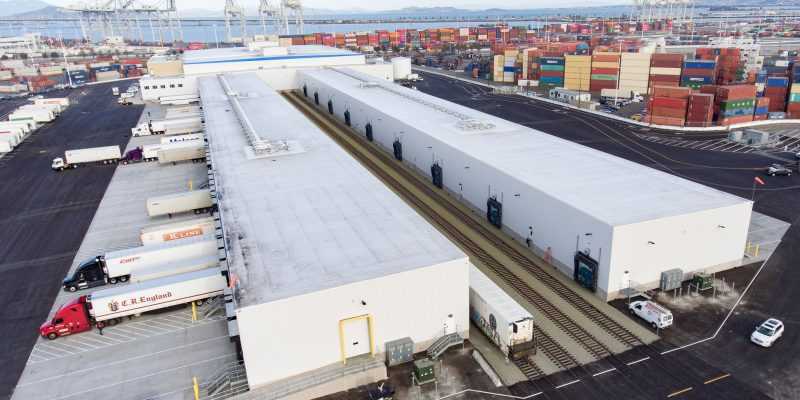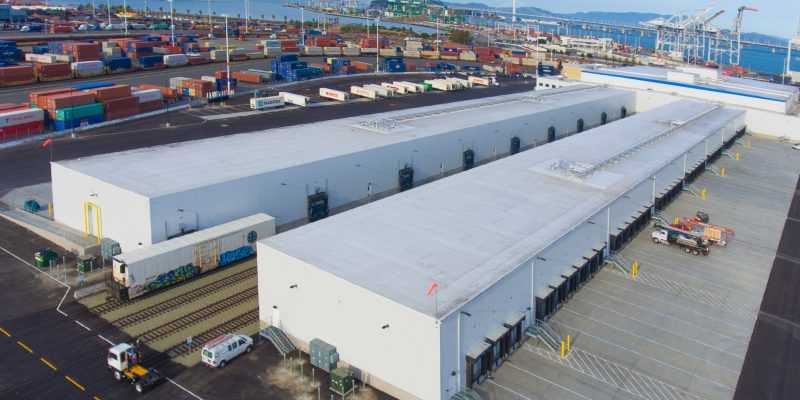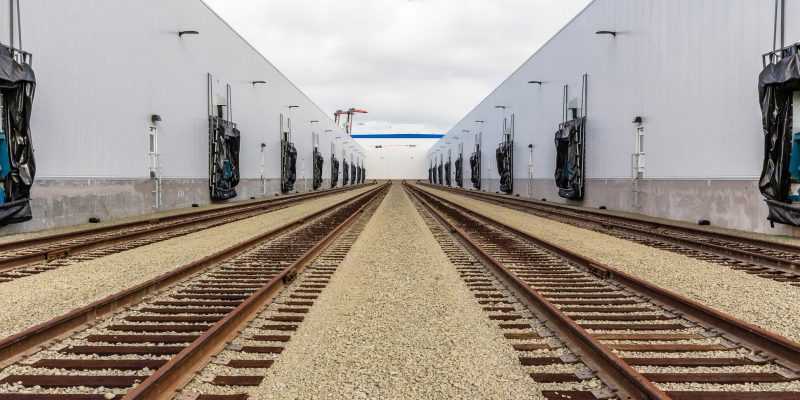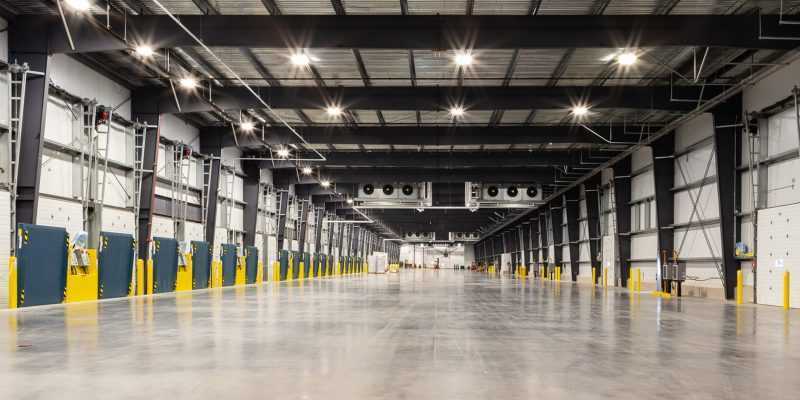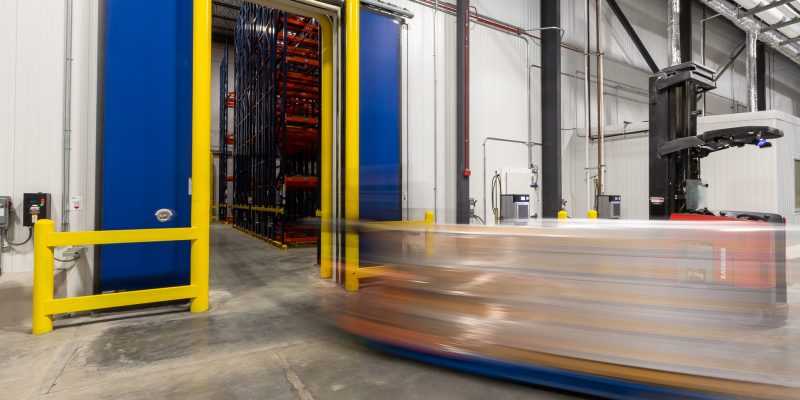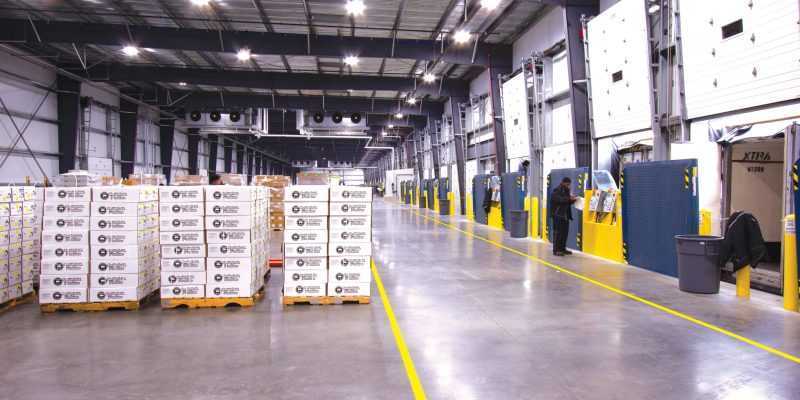LINEAGE LOGISTICS | COOL PORT
Project Description
Client: Lineage Logistics Cool Port
Location: Oakland, California
Project Size: 276,000 sq. ft.
Architect: ATi Architects
Facility Type: Cold Storage
A Cornerstone to Port Revitalization
Fisher Solves Unforeseen Challenges to Keep the Lineage Logistics | Cool Port Project Moving
Lineage Logistics Cool Port is the newest temperature controlled transload distribution facility. It is a cornerstone project in Oakland’s port economic revitalization plan. The facility is a public-private partnership between Lineage Logistics, Dreisbach Enterprises, and the Port of Oakland, California.
Beyond the complexities of building a 276,000 SF transload facility, an equally amazing story lies in the huge amount of planning. Which, as a matter of fact, occurred before the first excavator arrived onsite. As the design | builder chosen by Lineage, Fisher worked out multiple options to make the cold storage project feasible for all of its stakeholders. Cool Port is permitted in five separate jurisdictions.
Although perfectly located where deep water meets rail, the 22-acre site comes with challenges. First, the site is a former Army base located on the tidelands of Oakland Bay. As a result, Fisher’s team dealt with unknown sunken hazards and potential contamination in the already soupy tide flats. Additionally, the facility which serves both rail and truck, required being built on 1,800 piles driven fifty feet down. In order to counter-act settling and seismic activity, bracing the building’s slab foundation was crucial.
THE COOL PORT TRANSLOAD FACILITY SUPPORTS THE FIFTH BUSIEST PORT IN US.
The facility features refrigerated double winged docks with 36 rail docks and 90 truck docks. Equipped to handle meat and other perishables for storage in the -10° F main freezer or in one of two convertible rooms.
Fisher was the lead contractor on the project, managing the compliance with the Port’s rigorous labor objectives. Markedly, this central piece of Oakland’s economic future will handle 9,000 rail cars per year (in Phase I) and an additional 9,000 containers by truck.

